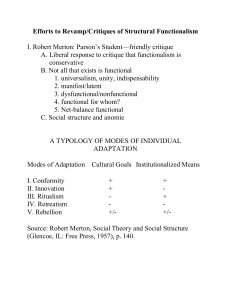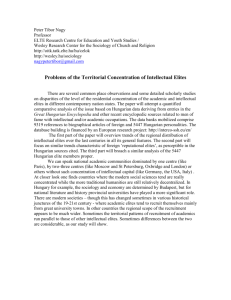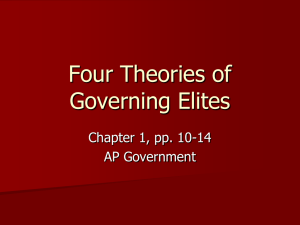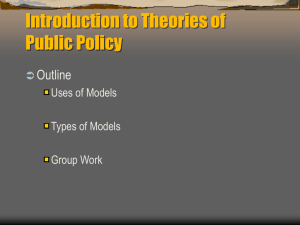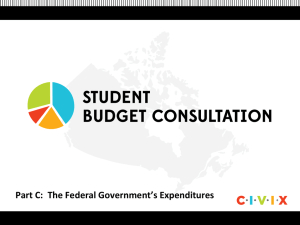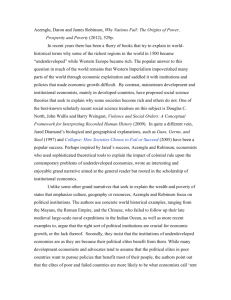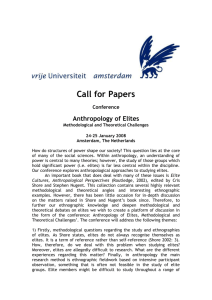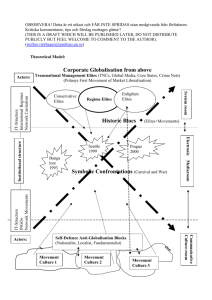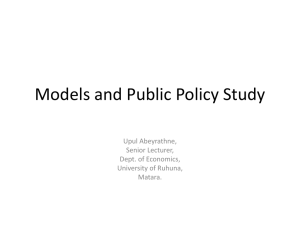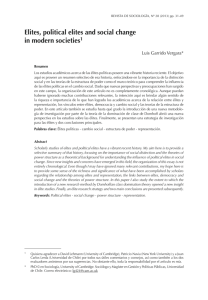Works Cited
advertisement
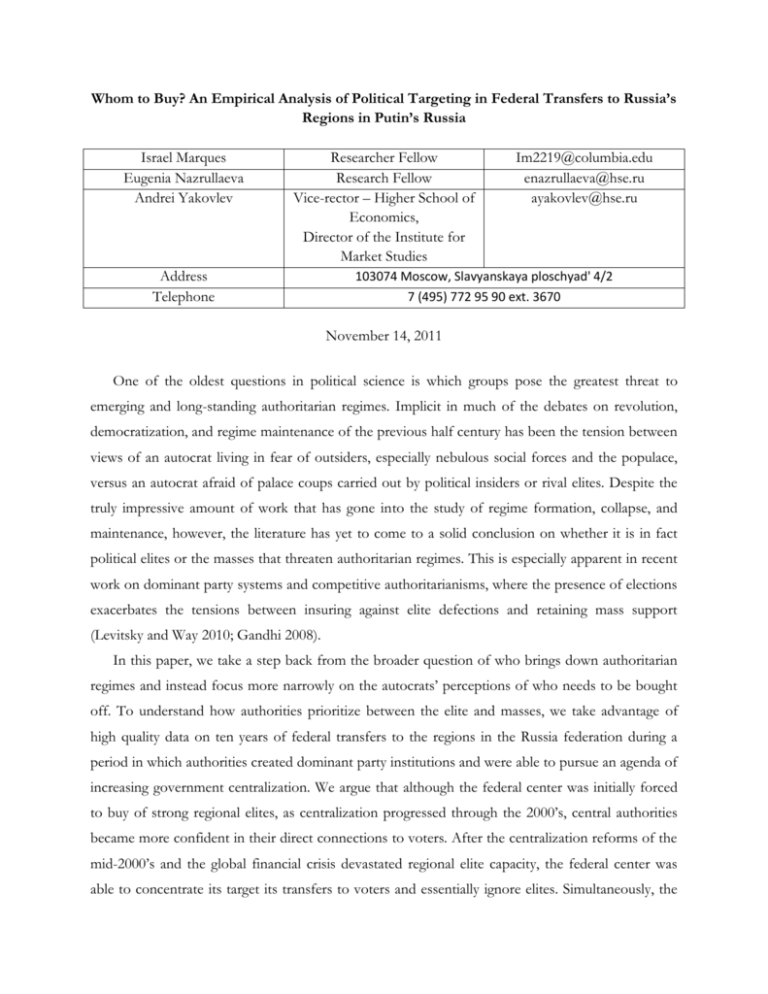
Whom to Buy? An Empirical Analysis of Political Targeting in Federal Transfers to Russia’s Regions in Putin’s Russia Israel Marques Eugenia Nazrullaeva Andrei Yakovlev Researcher Fellow Research Fellow Vice-rector – Higher School of Economics, Director of the Institute for Market Studies Address Telephone Im2219@columbia.edu enazrullaeva@hse.ru ayakovlev@hse.ru 103074 Moscow, Slavyanskaya ploschyad' 4/2 7 (495) 772 95 90 ext. 3670 November 14, 2011 One of the oldest questions in political science is which groups pose the greatest threat to emerging and long-standing authoritarian regimes. Implicit in much of the debates on revolution, democratization, and regime maintenance of the previous half century has been the tension between views of an autocrat living in fear of outsiders, especially nebulous social forces and the populace, versus an autocrat afraid of palace coups carried out by political insiders or rival elites. Despite the truly impressive amount of work that has gone into the study of regime formation, collapse, and maintenance, however, the literature has yet to come to a solid conclusion on whether it is in fact political elites or the masses that threaten authoritarian regimes. This is especially apparent in recent work on dominant party systems and competitive authoritarianisms, where the presence of elections exacerbates the tensions between insuring against elite defections and retaining mass support (Levitsky and Way 2010; Gandhi 2008). In this paper, we take a step back from the broader question of who brings down authoritarian regimes and instead focus more narrowly on the autocrats’ perceptions of who needs to be bought off. To understand how authorities prioritize between the elite and masses, we take advantage of high quality data on ten years of federal transfers to the regions in the Russia federation during a period in which authorities created dominant party institutions and were able to pursue an agenda of increasing government centralization. We argue that although the federal center was initially forced to buy of strong regional elites, as centralization progressed through the 2000’s, central authorities became more confident in their direct connections to voters. After the centralization reforms of the mid-2000’s and the global financial crisis devastated regional elite capacity, the federal center was able to concentrate its target its transfers to voters and essentially ignore elites. Simultaneously, the authorities became more convinced that the provision of direct benefits to voters would be needed to counter the negative effects of the declining economy on the popularity of the federal governments. By assuming that rational autocratic leaders “put their money where their mouth is” and target their spending in order to deal with those groups they most fear, we are able to generate results on who autocrats perceive as threatening and when. We explore how regimes respond to threats by each of these groups by analyzing federal transfers to the regions of the Russian federation between 2001 and 2010 and examine whether the federal center uses transfers to co-opt regional elites or the voting masses. We test the following competing hypotheses: H1: Outsider political elites receive transfers when they are able to credibly threaten to overcome collective action problems and coordinate against the center. H2: Voters receive transfers during bad economic times. We measure the ability of regional elites to coordinate against the center using a unique database of biographical information on regional governors and their cabinets, along with socioeconomic data from Rosstat, Minfin, and Federal Treasury. We use the panel data on 78 regions (Moscow city, Chechen Republic, Khanty-Masi AO, Yamalo-Nenets AO, and Nenets AO are excluded from the panel because of the specific dynamic of transfers) in 2000-2010 to estimate a dynamic Arellano-Bond model, which allows us to control for endogeneity between our main independent variables and transfers (Arellano & Bond 1991). We argue that the period 2000–2010 is rather heterogeneous with respect to the relationship between the Federal Center, regional elites and voters. In order to empirically test our hypotheses as to which groups should receive transfers over time, we also split our analysis into different time intervals. We map these intervals to key milestones in the centralization of the Russian Federation and global economic cycles: 2000–2003, a period of conflicts between different actors (the Federal Center, regional elites, business groups) related to the consolidation of competitive authoritarianism 2004–2008, the period of political and economic stabilization and the implementation of key centralization reforms 2009 till now – post 2008 financial crisis period characterized by poor economic growth and weakening regional elites. Our results show that the center's strategy shifts over time, with transfers initially being used to co-opt regional elites otherwise capable of engaging in collective action against the center. After the centralization reforms of the mid-2000's, however, the center was able to sideline elites and interact with voters more directly. After the reforms, we show that the center instead began to instead target spending towards regions where the economy was doing poorly and the regime’s margin of victory was slim. Works Cited Arellano, M., & Bond, S. (1998). Some Tests of Specification for Panel Data: Monte Carlo Evidence and an Application to Employment Equations. Review of Econoic Studies, 58, 277-297. Gandhi, J. (2008). Political Institutions Under Dictatorship. New York: Cambridge University Press. Levitsky, S., & Way, L. (2010). Competitive Authoritarianism: Hybrid Regimes After the Cold War. New York: Cambridge University Press.

